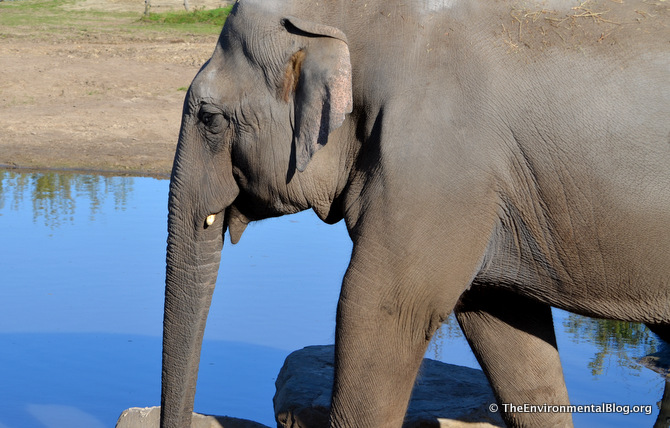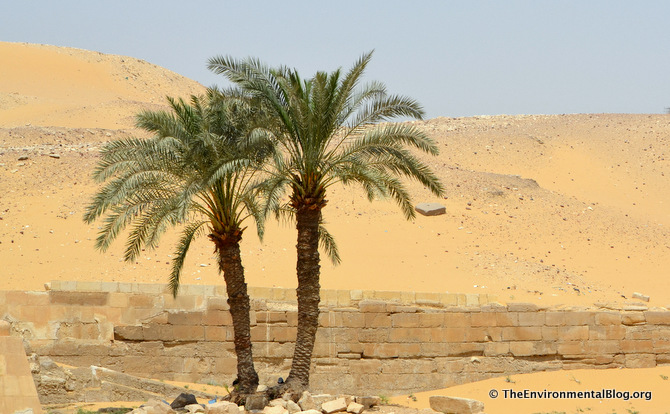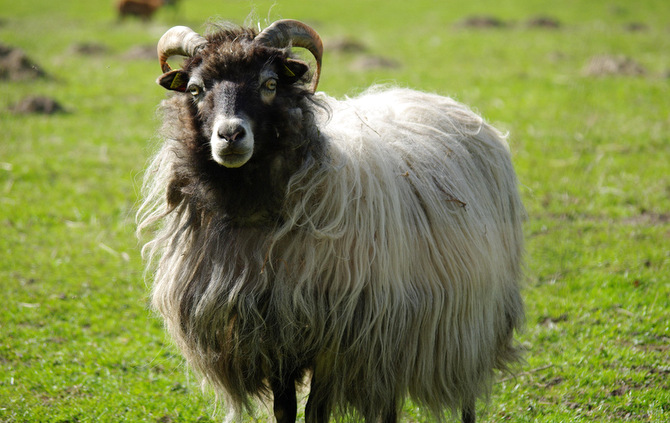
Photo Credit: © TheEnvironmentalBlog.org
The African Forest elephant is a species under threat these days. Scientists in 1989 estimated there were 170,000 elephants left in the wild from approximately 700,000 a few decades ago. Today the number may be much lower. With new roads being constructed in central Africa, poachers gain more access to the valuable ivory they seek. Many poaching camps that slaughter elephants have been discovered, leading scientists to fear a dramatic decrease in the elephant population.
The Wildlife Conservation Society has now turned to technology to aid in preventing poachers from slaughtering innocent elephants for their ivory. The high tech system involves using S.M.A.R.T. which stands for Spatial Monitoring And Reporting Tool. It is a software program that helps alert local rangers of potential ivory poachers.
The poaching seems to occur mostly in the African countries of the Republic of Congo, Gabon, and Cameroon.
Additionally, a recent study also found that poaching is less likely farther away from roads (no poached elephants were found 28 miles from the nearest road). Poaching is fueled by an illegal trade of Ivory to countries like China. These new roads need better management to protect the endangered forest elephants which is what the study calls for.
Despite efforts and awareness campaigns, elephant poaching remains a problem throughout the African continent. Back in September of 1996, an elephant researcher by the name of Michael Fay (who worked with the WCS) flew his plane over the vast forests near Noubale-Ndoke National Park in the Congo where he noticed a bunch of elephant carcasses. That was the catalyst he needed to investigate the situation in more depth as he returned to the same cluster of carcasses the next afternoon with a helicopter and a tv crew to document the horror.
Even though it is illegal to kill an elephant in Africa, people continue to massacre the mammoth beasts for their profitable ivory. The more new roads are built in Africa it seems, the more forest elephants are being slaughtered and discovered later as carcassas.
However horrible it may sound to hear about the slaughtering of elephants…the news keeps coming in that they are being slain in droves.
The IUCN classifies the African Forest Elephant at Vulnerable Status due to the increasing problem with poachers and habitat loss. The diet of forest elephants consists of mineral salts which tends to attract them to open forest clearings near river beds and streams. To the their misfortune, ivory poachers are also looking for open clear areas where they can slaughter entire groups of elephants.
Forest elephants have a roaming range that can be as much as 700 miles or more with many of the remaining wild found in Gabon, Republic of Congo, and Cameroon.
When the people of African nations are experiencing extreme poverty as they are, temptation to earn money through the illegal ivory trade can pay people as much as $1000 per pound, according to the New York Times. Poverty and Greed are the real root problems of the Forest Elephants. And just like the blood diamond issues facing other African countries with diamond resources, it appears that ivory is yet another ‘conflict resource’ that the world should pay attention to.
What Can We Do To Help?
The Wildlife Conservation Society is doing a really good job in aiding the forest elephant situation in Africa. You can donate to their elephant cause online. And all is not lost as governments in Africa (Central Africa Republic and Gabon) at least recognize the problem enough to make some agreements and help address the most pressing issues to save their elephant populations.
Thoughts, Comments, Suggestions…





Leave a Comment